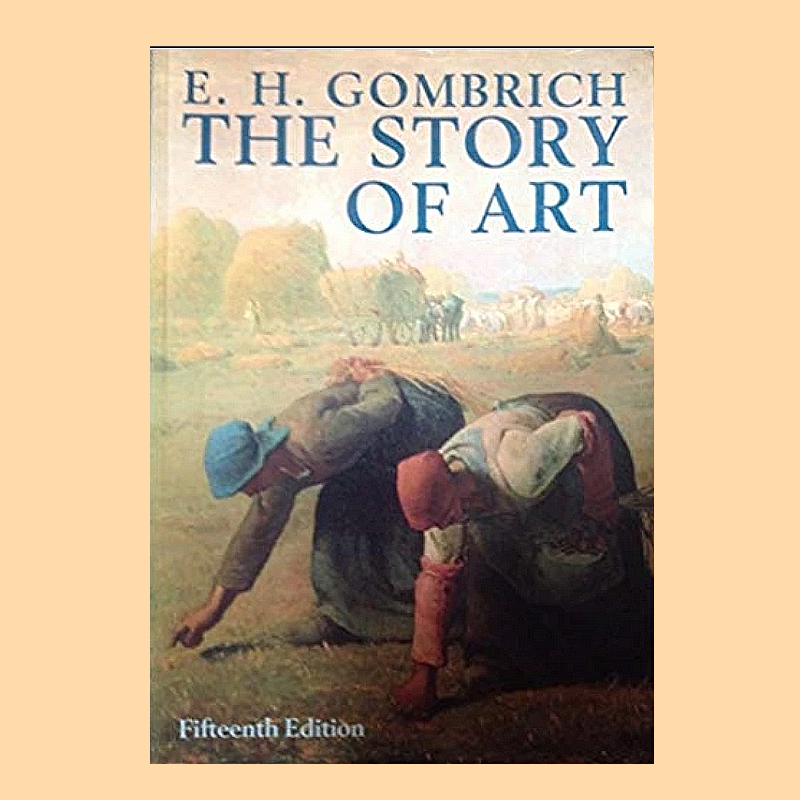|
I was working on the grape harvest in Germany one time, when I asked a friend why the Kurdish women picking in the next row were singing. “They’re not singing,” he said. “They’re talking.” It was musical speech, very pretty, of which I understood not a thing.
When it came to art, I was just as clueless. “Very accomplished. Interesting. Impressive.” In other words: I didn’t understand a blind word of its language. Opening this book was like being handed an interpretive key. In their work, Gombrich explained, the artist is problem-solving. Look at a well-known painting: there was something that the artist was trying to work out, communicate or suggest, and it was only in this way that they could do it. It might mean following the representational idiom of their day and culture, or it might mean making a radical break from it and doing something quite different. To shift from two-dimensional images to three was a cognitive leap of the first order. When humanist traits influenced religious imagery in the Renaissance and secular figures were portrayed, it indicated times of social and philosophical change and a challenge to the hegemony of the Church. Cubism similarly arose in an era of radically shifting perspectives. Punk art just wanted to stick two fingers up at the establishment. If you know its symbolic language, the painting will tell you its story. A connection in understanding can then be made, travelling between the verbal and the non-verbal, and meaning is in the psyche of the beholder. Unless an art work speaks directly to me in what Jung would call “archetypal statements” having “nothing to do with reason,” I need to have an idea of its context and the mind and intent of the artist. Otherwise, I might as well go straight to the museum café. And you have seen the price of those muffins?
0 Comments
Leave a Reply. |
Blogging good books
Archives
July 2024
Categories |

 RSS Feed
RSS Feed
